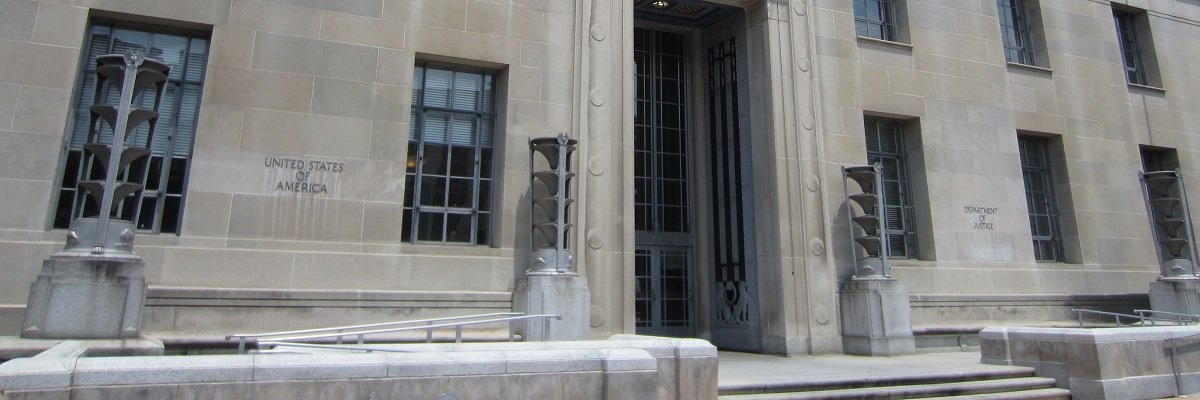Earlier this month, the Justice Department released new guidelines on how its agents can use cell phone trackers in investigations. After years of advocates and reporters piecing together the details, the Justice Department now claims that it will “enhance transparency and accountability” around how StingRays are deployed.
But Justice Department lawyers continue to deny access to basic records about cell phone trackers. This includes nondisclosure agreements that the FBI signed with state and local law enforcement. We already know what’s in the agreements, and the FBI has eased up on verbiage that seems to demand extreme secrecy. What’s more, the FBI has already released several copies as part of a previous lawsuit. So why not release the NDAs as part of the push toward openness?
That state and local law enforcement must sign a nondisclosure agreement with the FBI in order to purchase and use a cell site simulator is well established. In October 2013, the FBI released the boilerplate template of the NDA pursuant to a lawsuit brought by the Electronic Privacy Information Center. In court affidavits, FBI officials confirmed several times that the Bureau “has entered into a non-disclosure agreement (NDA) with our state and local law enforcement partners.”
The FBI has even released portions of individual agreements with particular partner agencies. Earlier this year, the FBI disclosed several heavily redacted copies of the NDA as part of the nearly 5,000 pages it agreed to release following subsequent litigation.
The full language of the agreement was released this spring, following a handful of lawsuits filed around the country.
Since the release of the full text, the FBI has softened its stance as to just how secretive the NDA requires state and local law enforcement to be. After cops and prosecutors interpreted the agreement to bar them from acknowledging use of a StingRay in particular cases, the FBI clarified that this is not the case.
We know that the NDAs exist. We know what the NDAs stipulate, down to precise phrasing. What we don’t know is which state and local agencies signed such an agreement with the FBI, save for the patchwork of agencies that have been uncovered by individual records requests.
The FBI continues to claim, however, that it cannot release its own copies of all StingRay nondisclosure agreements. In December, the FBI rejected a FOIA request for the NDAs on the grounds that such agreements are law enforcement records.
“The records responsive to your request are law enforcement records; and release of the information in these responsive records would disclose techniques and procedures for law enforcement investigations or prosecutions, or would disclose guidelines for law enforcement investigations or prosecutions and disclosure could reasonably be expected to risk circumvention of the law,” the FBI wrote in its rejection letter.
MuckRock appealed this rejection on the grounds that the existence of StingRays and such nondisclosure agreements for their use by state and local law enforcement is public knowledge.
But a few days after releasing the new guidelines on transparency and accountability for cell phone trackers, the Department of Justice upheld the FBI’s blanket rejection.
The Justice Department’s justification was a brief rehashing of the FBI’s argument.
Transparency requires enforcement, and rigorous evaluation as to whether particular information needs to be secret in the first place. The Justice Department has acknowledged the use of cell phone trackers by its own agencies, as well as by “state and local partners” in the aggregate. It’s time we knew them all by name.
Image via Wikimedia Commons and is licensed under CC BY-SA 3.0




